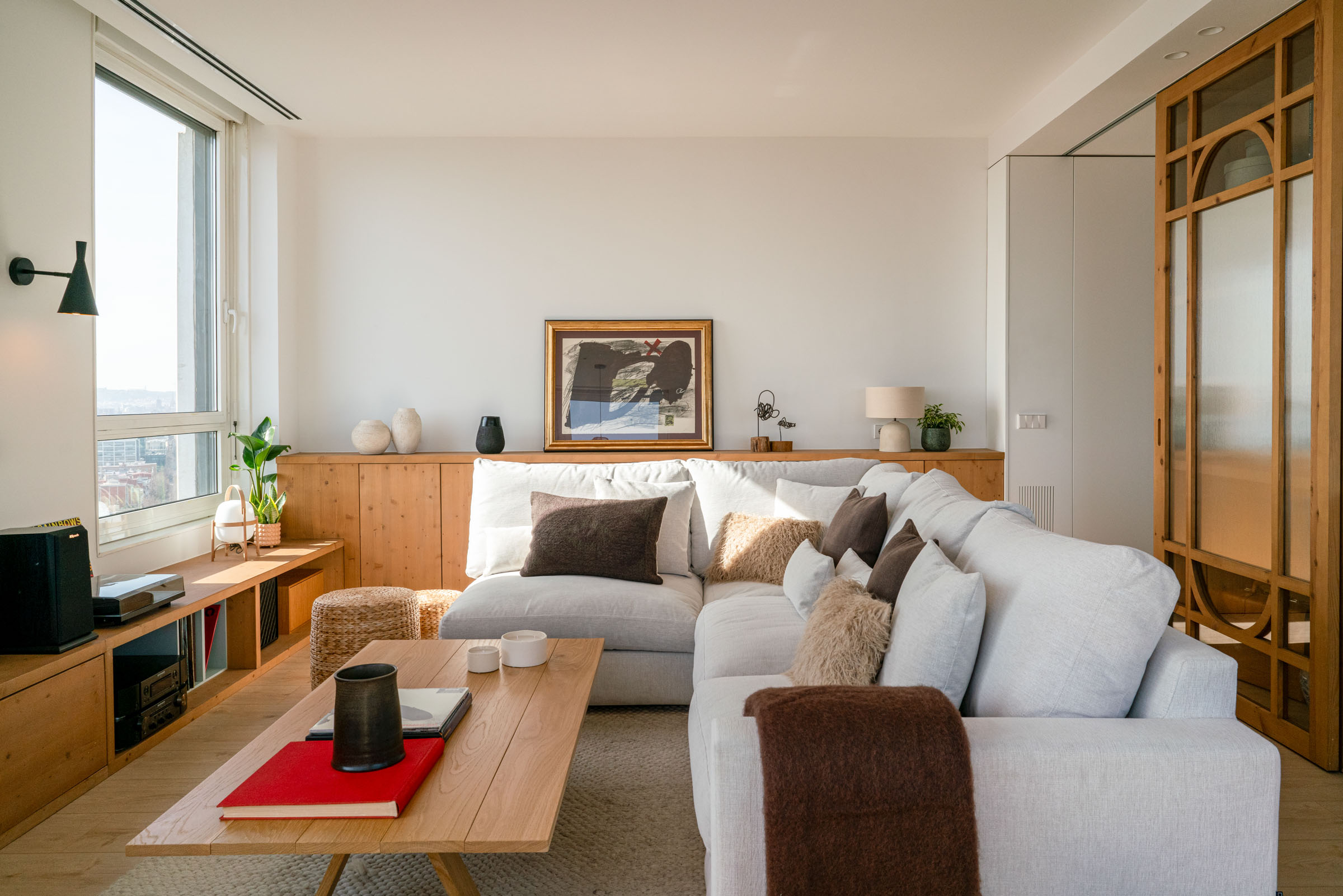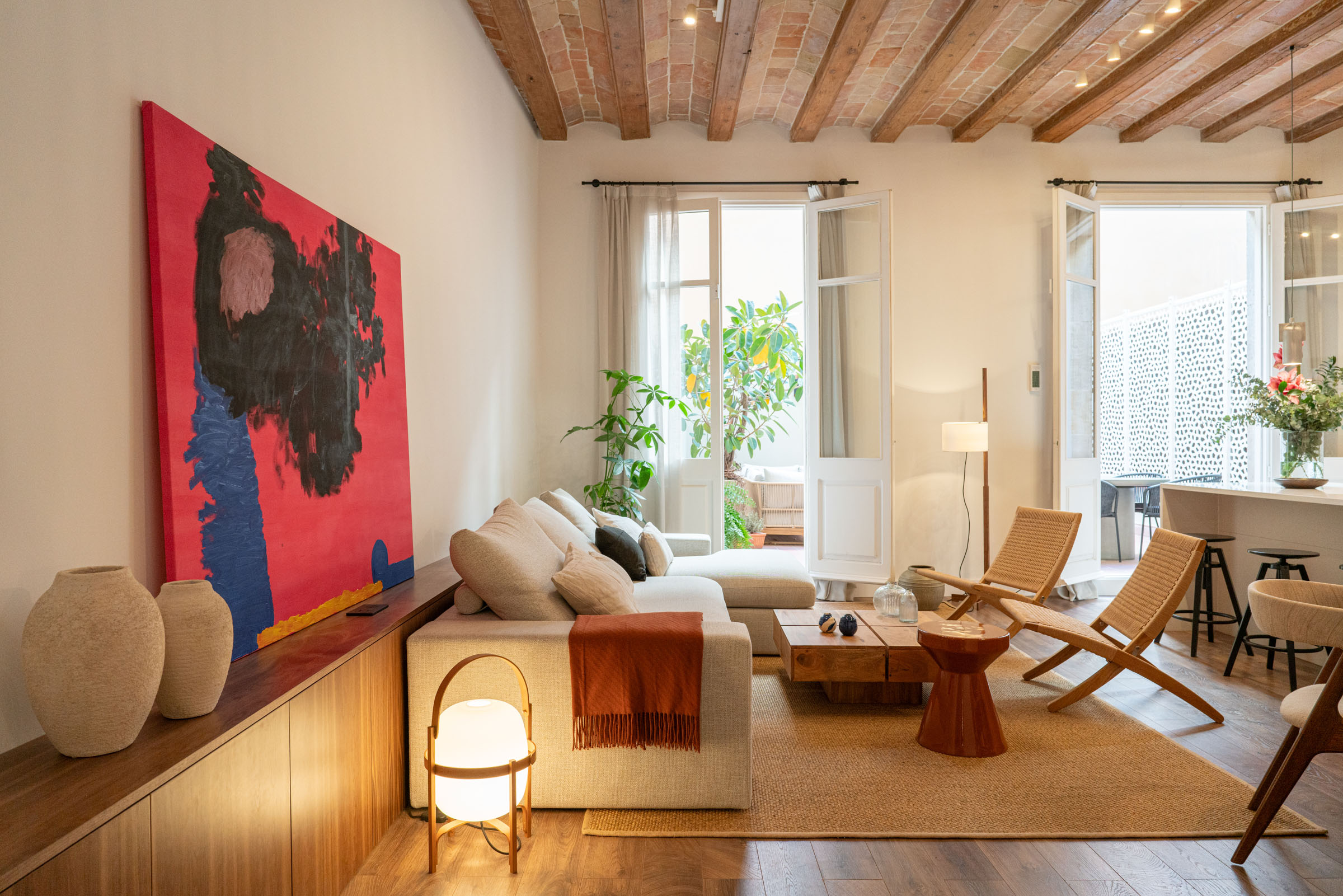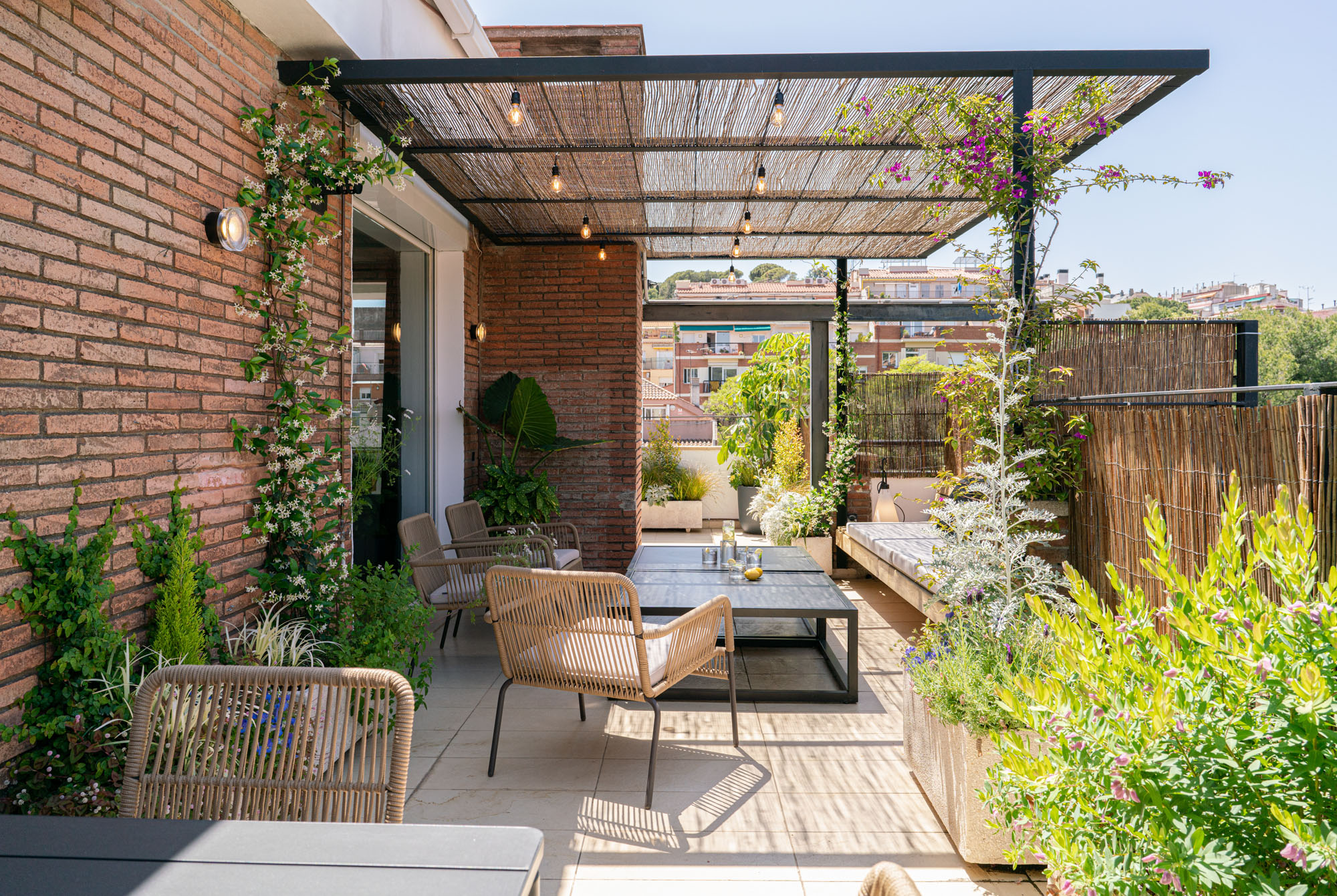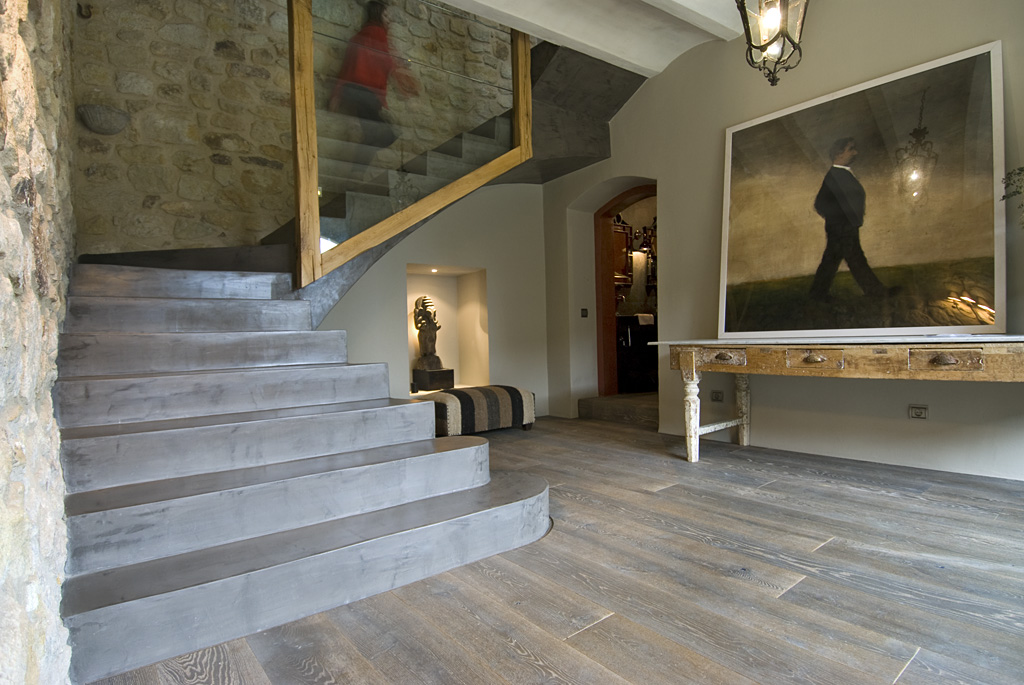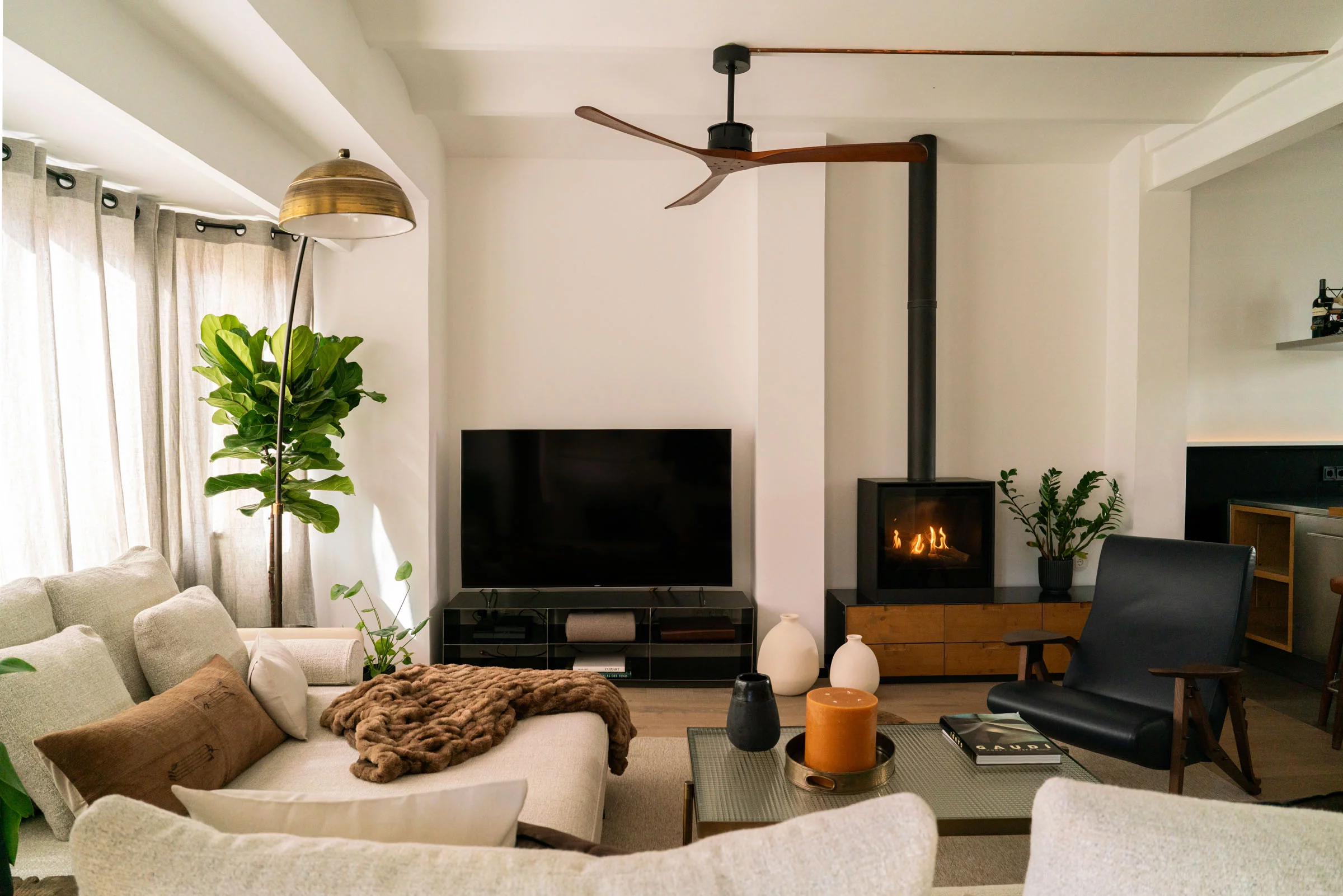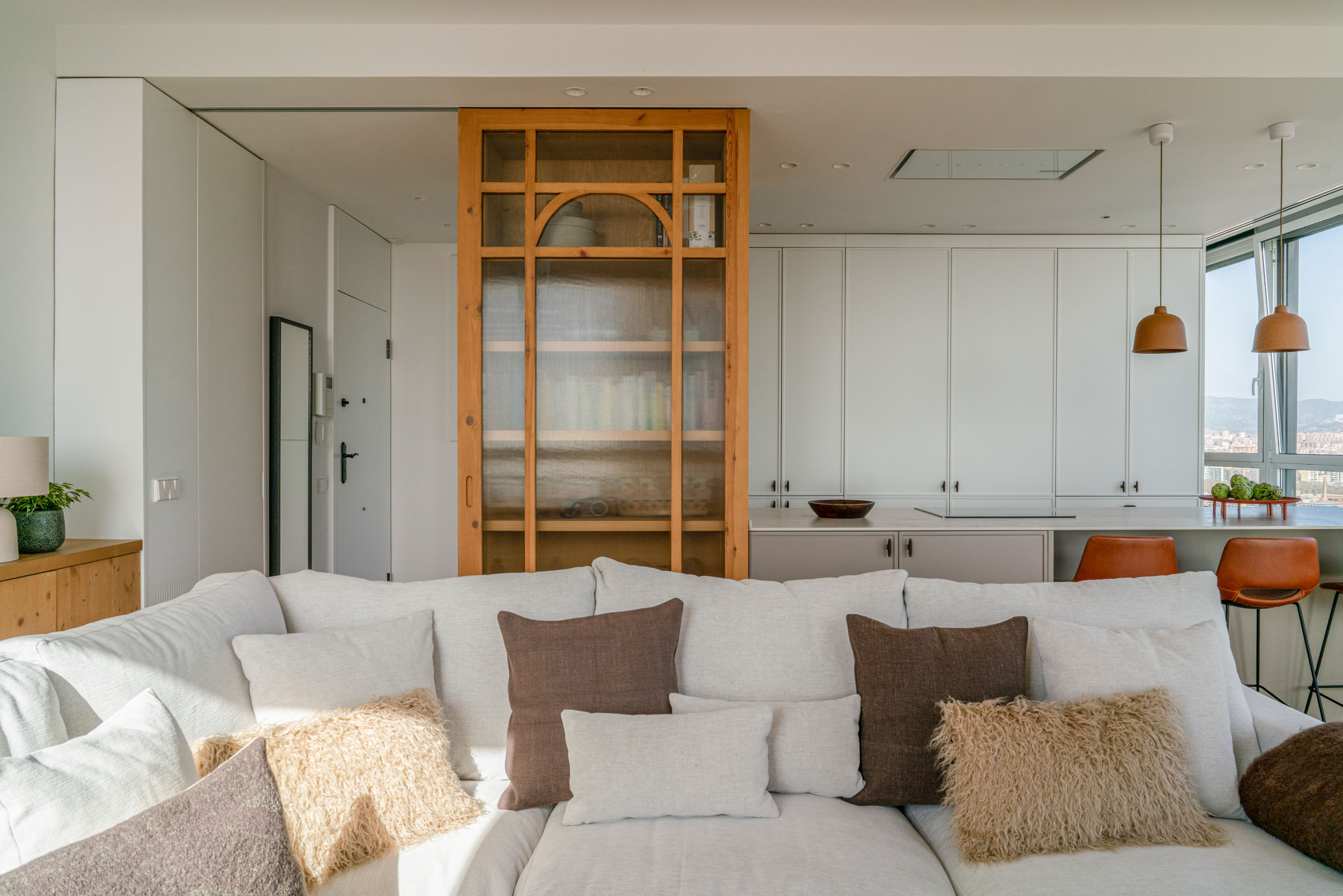Design of modern and functional meeting rooms to increase productivity
General
Meeting rooms are an essential and essential element in the physical headquarters of any company. And, precisely, the aesthetics with which these collective meeting spaces are designed significantly influences the productivity and well-being of workers. Understanding the importance of these spaces, today we put on the table innovative and personalized solutions for the particular needs of your company and your team so that you can create an aesthetically pleasing and functional space.
Design and types of meeting rooms
In today’s business paradigm, meeting rooms play a crucial role. And, depending on how their design is planned and what degree of functionality the space has, they can become the engine of productivity and creativity within an organization.
Starting from this basic premise, we present five types of meeting rooms that every modern company would be interested in considering:
Traditional meeting rooms
These spaces are designed to host formal meetings. They usually include a large table and ergonomic chairs around it. They are perfect for board meetings, important presentations and formal client meetings.
Brainstorming rooms
In this case, the approach and distribution of the space is made from a creative perspective, designed to promote innovation, collaboration and fluidity. They often include whiteboards, sticky note boards, and flexible furniture that can be easily reconfigured. The informality and color palette proposed in this typology of spaces inspire the generation of new ideas.
Conference rooms
Equipped with advanced technology, these rooms are excellent for video conferencing and presentations. Therefore, it is essential that they include the necessary equipment and tools, such as projectors, large screens, high-quality video calling systems and improved acoustics. In this way, it is guaranteed that all participants can hear and be heard clearly and clearly.
Informal meeting rooms
These rooms offer a more relaxed and comfortable environment. Their design often incorporates sofas, comfortable chairs and low tables, creating a space where employees can have informal meetings or collaborative work sessions in a more relaxed environment.
Multifunctional meeting rooms
Designed to adapt to various needs and types of activities. They are characterized by their capacity for rapid transformation thanks to flexible and modular furniture.
They are a foolproof option for companies that need a versatile space that can be used for formal meetings, brainstorming sessions, workshops, presentations and more. The key is to formulate a design that allows you to easily modify the organization and configuration of the furniture, incorporating folding tables, chairs that can be stacked, and mobile panels that can divide the space according to the needs of the moment.
With this flexibility, a multifunctional meeting room can serve as a setting to host various activities, from small business meetings to large presentations or corporate events, maximizing the efficient use of space and providing an adaptive and dynamic environment.
Keys to the design of modern meeting rooms
For a meeting room to be truly functional and modern, it must meet certain criteria that ensure comfort, productivity and adaptability. After years of experience in the design of interior spaces, we believe that these are the essential keys that a well-equipped meeting room should guarantee:
Flexibility with modular furniture
Flexibility is essential in modern meeting room design. Modular furniture allows the space to be reconfigured depending on the needs of the moment. Tables and chairs that can be easily moved and rearranged help create a dynamic environment. Furthermore, this type of furniture allows you to optimize the use of space, adapting it for different types of meetings and activities.
Essential technology for meeting rooms
The integration of advanced technology is essential. This includes high-quality video conferencing systems, interactive displays, projectors, and wireless connectivity solutions. Technology should be intuitive and easy to use so as not to disrupt the flow of meetings.
In parallel, it is also essential to have an infrastructure that supports these technologies, such as accessible outlets and a robust internet connection.
Colors and decorative elements
The use of colors and decorative elements significantly influences the atmosphere of the room. Neutral colors with vibrant touches can stimulate creativity and hold attention. Plants, for example, are an effective decorative resource and improve air quality and provide a more pleasant environment.
In essence, it is important that the decoration reflects the company’s identity and is consistent with its corporate culture.
Comfort and functionality
Comfort is essential to maintaining productivity in meetings. Ergonomic chairs that correctly support the back and facilitate proper posture are an essential investment.
Additionally, the design should facilitate functionality, ensuring that all attendees have easy access to necessary resources, such as electrical and data connections.
At its core, then, we firmly believe that every business has unique needs, and that meeting room design should reflect its culture and goals.
From traditional rooms to agile and flexible spaces, we offer you personalized solutions to maximize the productivity and well-being of your employees. And the key is to design spaces as dynamic as the people who use them, integrating flexibility, technology, comfort and attractive aesthetics.
Contact us to transform your meeting spaces, or follow us on our social platforms for more ideas and inspiration!
